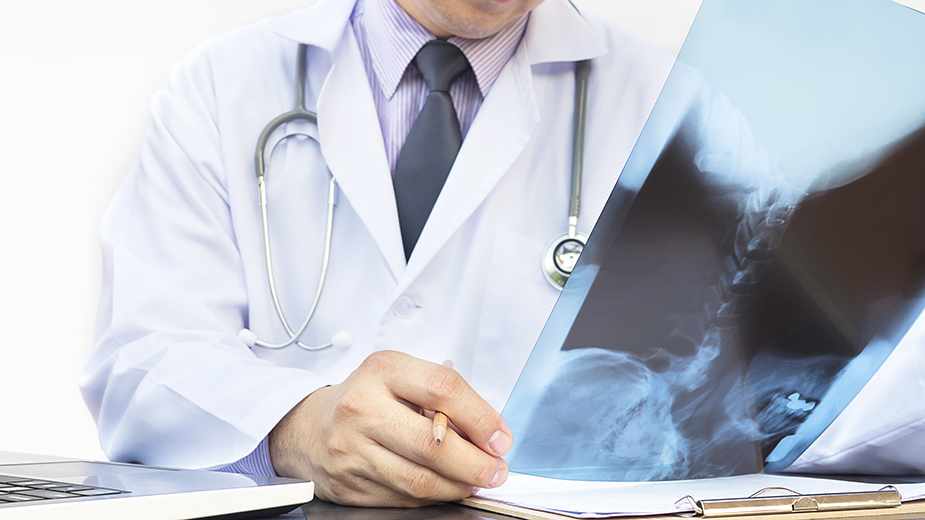YOUNGSTOWN, Ohio – The use of robotics has been the hot topic in orthopedics for years, allowing for doctors to perform less invasive surgeries and improve outcomes. But the next wave of innovation could help patients avoid the operating room altogether.
Through the use of biologics, doctors can stimulate a body’s healing using materials made naturally by the body, such as stem cells, blood platelets or tissue grafts from donors.
“I think the next frontier for orthopedics is figuring out how we can provide regenerative options instead of replacements. That, I think, is going to be the next 20 or 30 years of my career,” says Dr. Jeffrey Johnston, an orthopedic surgeon for Mercy Health-Youngstown. “There’s a continuous flow of new technologies coming out and we’re figuring out how to adapt them so we can best treat our patients.”
A 2017 report by Future Market Insights put the market for orthobiologics – that is, biologic products used in orthopedics – at $4.87 billion that year and projected it to reach $6.5 billion by 2027. The most common sector of the field is bone graft stimulants, accounting for nearly half of the market in 2017.
At Youngstown Orthopaedic Associates and the Orthopaedic Surgery Center, Dr. Thomas A. Joseph says he often uses platelet gel therapy.
In that procedure, blood is drawn from a patient and spun in a centrifuge to separate out the platelets, the part of blood responsible for clotting and helping to heal broken blood vessels. A concentration is then injected or sprayed into the wound site – whether from an injury or surgery – that can stimulate healing.
“My most common procedure to use biologics in surgery is during rotator cuff repair. I tend to use biologics in patients I think will really benefit from the added healing potential,” he says. “That could be somebody who has a surgery once, then retears it, so they need a revision surgery. I’ll almost always recommend they consider adding platelet gel.”
Also available are stem cells, although Joseph says that method isn’t used as often because of the cost to procure them – either through drilling into a patient’s pelvis or purchasing them from a company that collects them from embryonic tissue during C-sections.
“In most cases, children heal very quickly and part of that is because their bones and tissue are still growing, which gives them better potential to heal and remodel. It’s also due to higher volume of stem cells in their system,” he continues. “If we can find a way to increase the volume of cells that aid in healing for adults, that makes sense for treatment.”
However, the only regenerative medicine products approved by the Food and Drug Administration are blood-forming stem cells. The agency hasn’t approved any orthopedic conditions for treatment with biologics.
There are some encouraging signs on the horizon. In 2018, the FDA approved the Mayo Clinic to operate a bone marrow stem cell transplant program, which has since performed more than 10,000 transplants at sites in Arizona, Florida and Minnesota.
And in 2019, the American Journal of Sports Medicine published a study of 167 patients with knee osteoarthritis who received one of two kinds of biologic treatment. Both groups, one receiving platelet-rich plasma and the other hyaluronic acid, showed improved knee function and fewer symptoms.
The only difference, wrote Cleveland Clinic orthopedists Drs. Jason Genin and Dominic King in a commentary after the study was published, was that those receiving the plasma treatment were able to go longer between treatments.
“Considering the potential for infection with each injection or surgery, this finding is clinically relevant,” they wrote. “There are some good efforts underway to try to mediate the lack of data to support these practices. The main development in the last year or so is that researchers are collaborating to move the field forward.”
